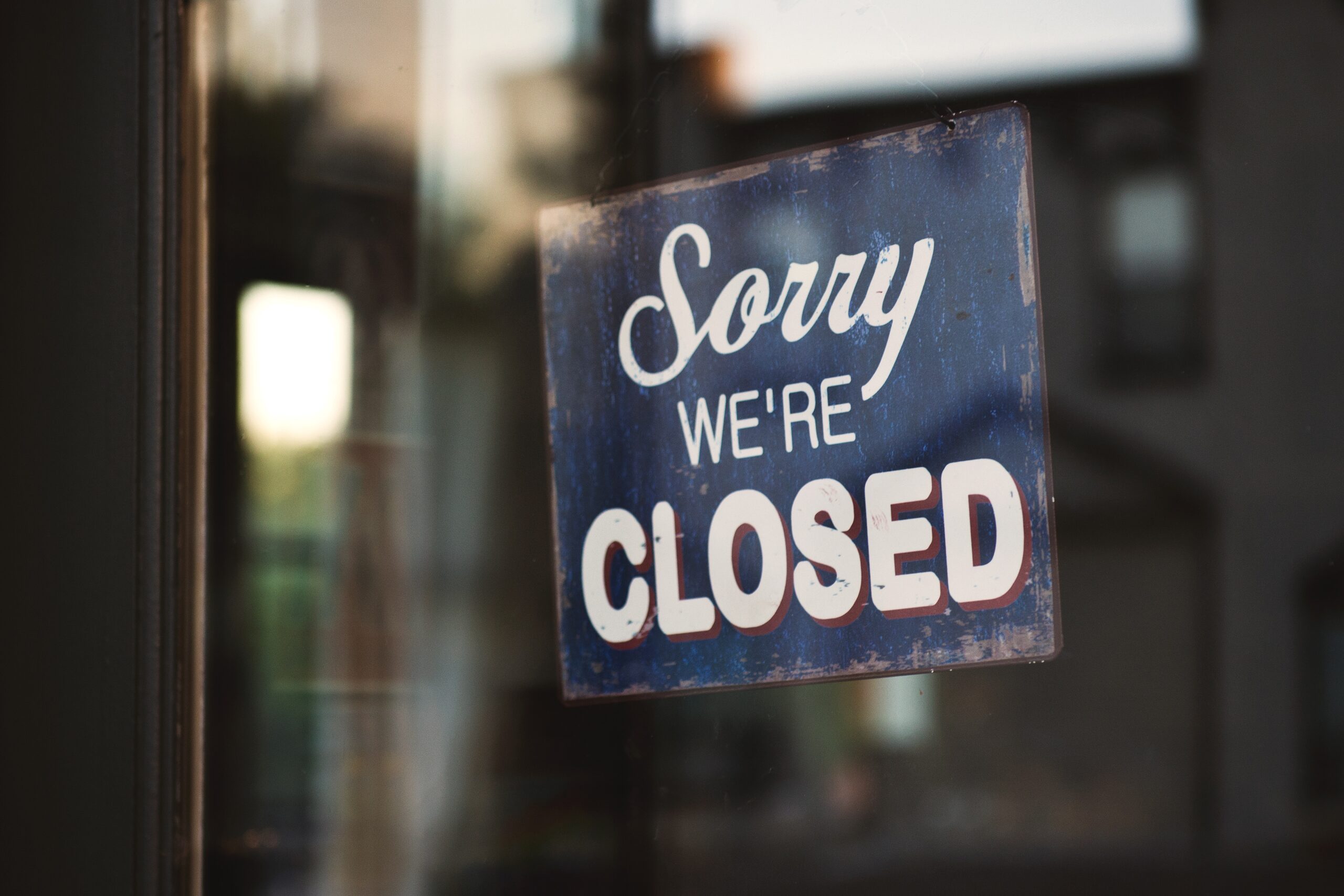The 2010s were rough for retailers, especially brick and mortar businesses. The retail apocalypse marked the downfall of what were once thought of as untouchable retail giants like JCPenney, Sears, and more recently, Forever 21. Though there’s no one singular reason for this huge shift in the retail world, competition with eCommerce was undoubtedly a force many in-store retailers were not prepared to face. With unbeatable prices and compelling convenience, online retail took the world by storm, and offline retailers suffered immeasurably as a result. It suffices to say that if brick-and-mortar retailers don’t take drastic measures to change, they’ll face equally grim prospects for the 2020s as the apocalypse takes more victims.
Embracing Change
How many more customers do retailers need to see walk into their store, compare prices on their phone, and leave before they realize something needs to change? As a new decade is upon us, brick-and-mortar retailers really need to step up their game and out-wit the online retailers with better and more modern approaches to in-store shopping: They need better strategies.
Some have caught onto this; they’ve made more appealing in-store locations, large-scale promotions, loyalty programs, and more. But one of the most important aspects of in-store retail that needs updating remains one of the most overlooked. To survive and thrive during and after the retail apocalypse, these companies need to embrace competitive, dynamic pricing; the exact thing that eCommerce has been using to drive them out of business for years now.
Prices Matter Most
The truth is, prices will always be the driving factor in where consumers buy. You could have the most appealing store layout, genius marketing ideas, and amazing customer experience in the whole mall, but if your prices are not keeping up with your competition both online and offline, your revenue is going to suffer. 90% of consumers spend a considerable amount of time comparing prices to find the best deal online. 71% believe they’ll always find a better deal online than in-store for the products they want to buy. 60% consider the price of an item the most important criteria to make their buying decisions. These statistics should raise some huge alarm bells in the ears of every brick-and-mortar retailer out there, and you can make a safe bet that your sales and revenue are being impacted by these consumer trends.
This can be a huge issue for brick-and-mortar retailers in particular, because eCommerce prices are changing faster than ever – up to several times a day in some cases. Amazon alone changes their prices millions of times per day, and it’s not like offline retailers can run around and write new prices onto their tags every hour. There are hundreds, if not thousands of products businesses need to keep track of and calculate prices for, which can be extremely time-consuming to do. Knowing this, how are in-store retailers supposed to keep up with this insane pace and offer equally competitive prices?
The Pricing Game Has Changed
The answer is that brick-and-mortar retailers need to realize how much the pricing game has changed due to Amazon and other online retailers. Slow-changing national pricing just doesn’t cut it anymore when competing with online companies who can update their prices to make yours obsolete within ten minutes. In-store retailers need to emulate the aspects of online retail that have driven so many of them out of business. They need to embrace the advanced technologies eCommerce retailers have been using to keep their prices unbeatable and their profit margins high.They need to turn their pricing strategy into a data-driven, constant process to price their products as intelligently as possible. A solid, dynamic pricing strategy is a huge part of how brick-and-mortar stores can push through the retail apocalypse and come out on top.
Luckily, doing so is not rocket science anymore, and it’s not reserved for huge enterprises like Walmart or Amazon either. Advanced pricing software can take the role of incredibly complex in-house operations, giving retailers the chance to harness the power of fresh competitor data and advanced algorithms to price their products accurately. Using years of historical pricing and sales data in addition to real-time competitor data, AI-powered price optimization software can find relationships and patterns to calculate the best price for thousands of items effortlessly. The software can pinpoint the tiniest details that might influence prices of products and adjust them accordingly. This enables fast, smart, and highly accurate prices that both satisfy deal-hungry customers and maximize profit margins.
Survive and Thrive with Dynamic Pricing
As stated before, there’s no one single cause of the retail apocalypse, and there’s no one single solution. But dynamic pricing strategies with the help of advanced pricing software may be the necessary first step brick-and-mortar retailers can take to help survive the drastic changes that have been occurring within the industry for the past 10 years. 2019 was a rough year for offline retail, and the retail apocalypse isn’t going to suddenly end in 2020. The future of brick-and-mortar retailers requires quick thinking and smart pricing to encourage customers to buy instead of merely browse. Businesses that have figured this out have already seen results, and the retailers that haven’t may soon find themselves on the long list of retail apocalypse victims in years to come.















